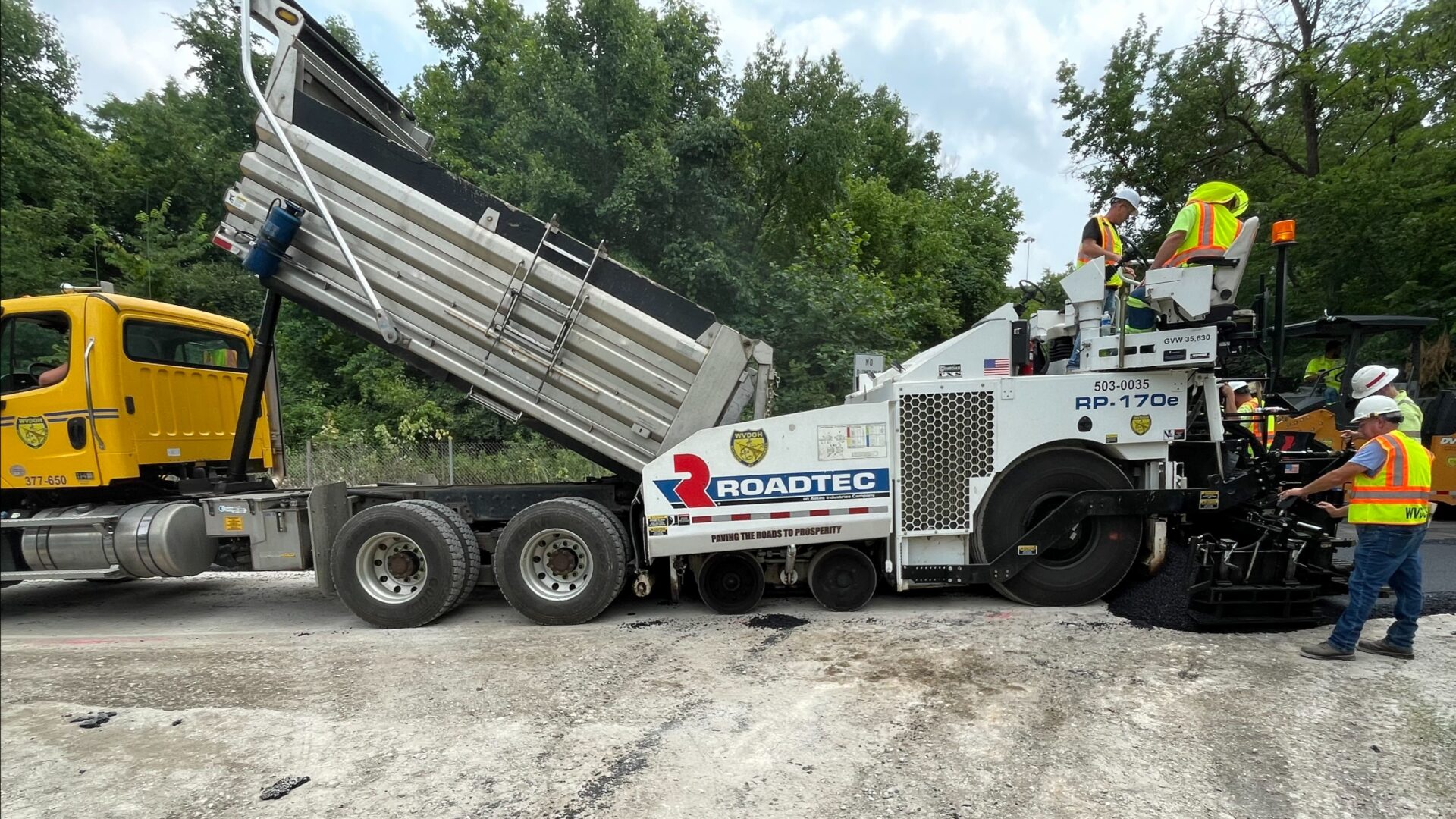From 2011 to 2019, the state saw a 35 percent decline in Black learners in higher education – about 3,000 students – and from 2019 to 2020, West Virginia saw another 10 percent decline. This is according to Martha Snyder, the managing director of Postsecondary Education Transformation with HCM Strategies.
For the past decade, the nation has seen a decline of more than 600,000 Black students in postsecondary education. More than half of that loss has been in our nation’s community and technical colleges.
West Virginia has seen a similar decline.
From 2011 to 2019, the state saw a 35 percent decline in Black learners in higher education – about 3,000 students – and from 2019 to 2020, West Virginia saw another 10 percent decline.
This is according to Martha Snyder, the managing director of Postsecondary Education Transformation with HCM Strategies. She and other education leaders from around the country discussed these declines and solutions in a webinar Wednesday.
“After digging into this data for some time, we simply could not ignore these facts and the impact that this has on both the individual and social levels,” Snyder said. “State and national economic and social vibrancy suffer. There’s economic impacts to these declines as much as the moral imperative as well. Collectively, this loss of Black learners has cost the nation $2.9 billion in indirect wages each year.”
Snyder said the declines are not due to obvious factors such as the COVID-19 pandemic or population loss, but rather access and transparency issues – things like understanding the true costs of college or simply reaching students and making sure they understand their higher education options.
The speakers sounded a call to action for colleges, universities, and the state and federal levels to join a new initiative called LEVEL UP. It aims to build this transparency and see more Black student success in postsecondary education.
“So many of these kinds of efforts just end with the report,” Zakiya Smith Ellis, principal of EducationCounsel, said. “And in this one, we really wanted to say, let’s have some commitments. Let’s talk about what we actually need to do, and let’s do it in a way that gets real about what we need to do for Black learners.”
LEVEL UP, which is an acronym for Leveraging Explicit Value for Every Black Learner, Unapologetically, is broken up into four parts.
“One is real transparency and true affordability,” Smith Ellis said. “So thinking about the affordability of programs for students. That means telling them in clear terms, what it will cost them as a bottom line to attend college, but also have that cost be based on, realistically, what can people afford to pay.”
The second key Smith Ellis identified is shared ownership.
“We need to ensure that every part of the system here at the federal level, the state and institutional leaders all have mechanisms for support and shared accountability for the success of Black learners,” Smith Ellis said.
Number three is about ensuring social and academic support are easily accessible.
“That looks like a variety of different things,” she said. “But we wanted to call out, in particular, intrusive advising, clear pathways to high wage and good jobs. And while doing those things, also addressing the mental health, the childcare, transportation, technology and food security needs that students have.”
The fourth key is learner-centered teaching practices.
“Teaching and learning need to really be centered on students’ lived experiences and their perspectives and really using them to guide us to help us figure out how we need to ground their learning,” she said.
Speakers pressed on the need for the country’s higher education institutions to adopt these goals and implement strategies to see success.
President of Compton College in California, Keith Curry, is the chair of the LEVEL UP initiative, and he spoke of ways his school has already “leveled up” to meet students where they are.
“This work is so important to me. It’s a part of my life,” Curry said. “At Compton College, we’ve been able to do some amazing things. Students eat for free, they don’t pay to park, they don’t have to pay for printing. Basic things to provide for our students. Health care services are available on campus. Why do I bring that up? Because we want to ask people to be real, and to level up, we need unapologetic leaders to step up in support of our students.”
To read the full LEVEL UP report, click or tap here.
